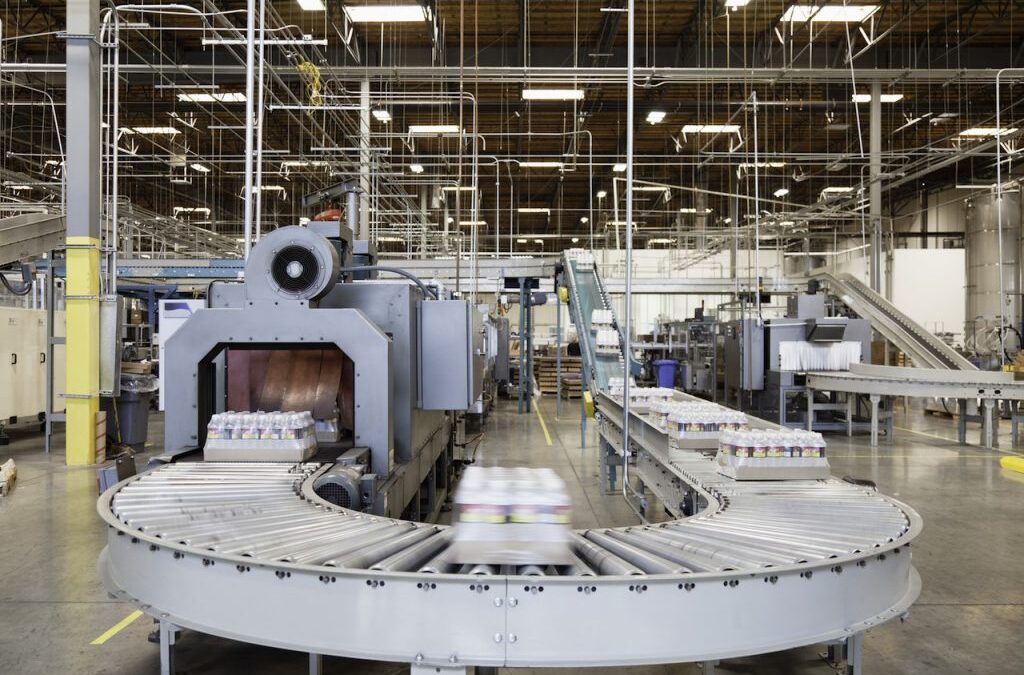The manufacturing industry is striving to maximize energy and time by practicing the lean methodology. Many manufacturers forget that it’s not just their workers that need to embody lean principles, but their equipment is also responsible for efficient production. Conveyor systems, in particular, are known to be cost-effective tools, but only if the right type of system is being used.
The Lean Methodology
The purpose of lean manufacturing is to eliminate processes that generate a waste of time, energy, and value from the customer’s viewpoint. The methodology encompasses seven key wastes to avoid, which are:
- Waiting. This largely covers equipment maintenance and breakdowns, as well as a shortage of parts. With the uses of technology expanding in manufacturing, waiting for software to load or having to fix the glitches also adds to a poor workflow.
- Overproduction. This type of waste affects the others, such as excess motion, transportation, and inventory, by creating too much of a product that the customer didn’t paid for or want. Now, the manufacturer must keep the extra products by storing them, which increases the inventory, motion, and transportation.
- Rejects/Defects. This type of waste is another term for mistakes. Workers must rectify the product so it matches the customer’s requirements, which means that workers waste their time and energy. Some manufacturers have a separate work area to handle rejects, but this leads to money wasted on duplicate tools.
- Excess Motion. This involves a worker’s physical movements to retrieve or find tools, parts, and documents. Excess motion is the number-one waster of time as well. It is frequently practiced in unorganized environments, where workers search for appropriate documentation that is misfiled or missing.
- Over Processing. This type of waste includes activities that do not add value to the customer, such as adding unnecessary features to the product as a way to increase its cost.
- Excess Inventory. This type of waste is generated by overproduction and is in the form of products unwanted by the customer. Excess inventory represents money in material that will deteriorate over time.
- Transportation. This is defined by excess motion of work. A common example is having equipment and workspaces placed too far from each other, so the products must be moved by a worker.
Applying Lean to the Conveyor System
A conveyor system’s general function in manufacturing is to move items from one place to another. They do this in different ways, either by using gravity, sorting technology, or flexibility. It’s important to choose a conveyor system that suits your factory’s environment. In order to eliminate the transportation waste in the lean methodology, our engineers would install a conveyor system that is conveniently located. Instead of having a long conveyor belt, a shorter and flexible conveyor system would reduce the waiting time.
The Material Handler provides various types of conveyor systems for:
- transportation
- accumulation
- singulation
- sortation
- palletizing
- pallet sortation
The Material Handler is your number-one storage and warehousing specialist in all of the GTA. Contact us today to learn how we can introduce lean manufacturing into your factory!



Recent Comments